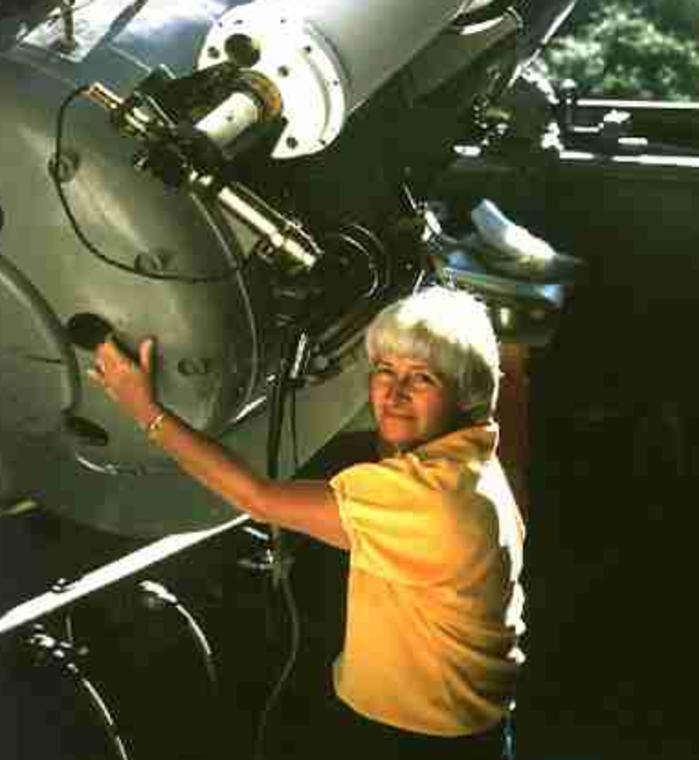Science in general, and astronomy in particular, are no exception in the sphere of cultural events widely and permanently confiscated by men. Women were almost invisible in astronomy until well into the 20th century.
We must therefore pay particular attention to those who, despite this, have left a trace in the history of science. All benefited from an exceptional environment, having gone through the mediation of a brother, father or husband to access to education denied to the vast majority of their contemporaries. All also have struggled to do their work on comets and to have it recognized. Many were sometimes hidden assistants and collaborators, sometimes exploited, of scholars in the shadow of which they were working. Here is a list of some of these women who succeeded in leaving their names in the history of comets :
- Sophia Brahe (1556-1643) assisted her husband Tycho Brahe in his observations, including of comets.
- Gabrielle Emilie, Marquise du Châtelet (1709-1749) made a commented translation into French of Newton’s Principia, which deals among other things with the orbit of comets.
- Maria Winkelmann (1670-1720) observed in April 1702 a non-periodic comet, a discovery attributed to her husband. After his death in 1711, she published a pamphlet in which she predicted a new comet.
- Nicole-Reine Lepaute (1723-1788), wife of Jean-André Lepaute, the watchmaker of the French king, was according to Lalande the most illustrious of French female astronomers. She predicted the return of Halley’s comet in 1759, including in the calculations she made with Clairaut and Lalande the gravitational effects of the planets had on its course.





